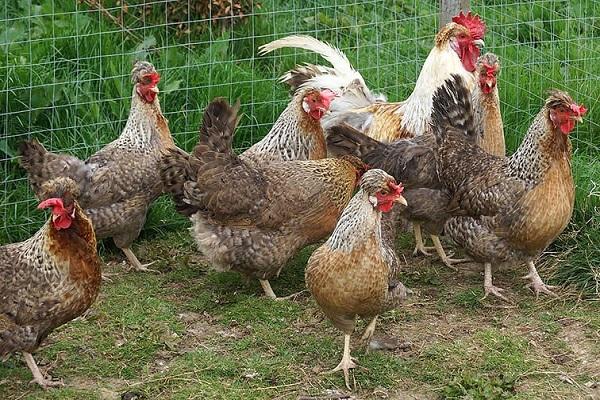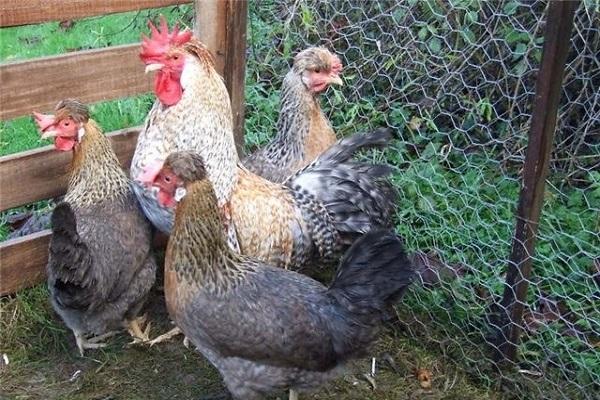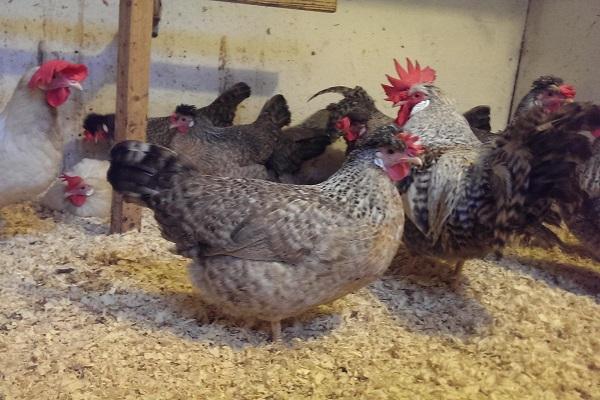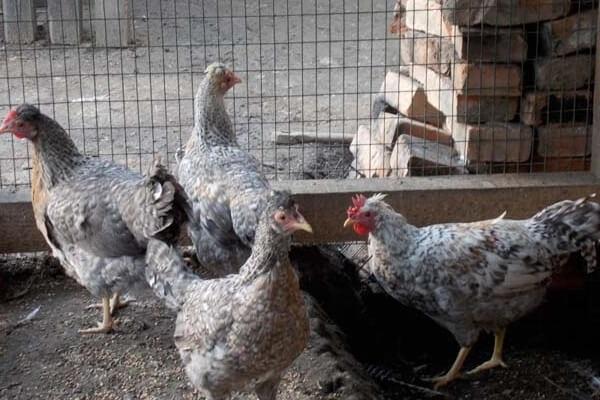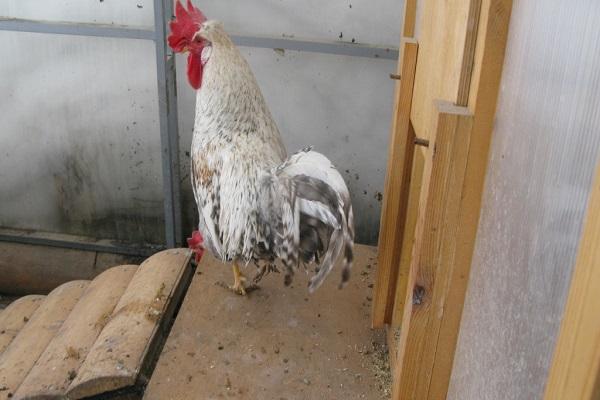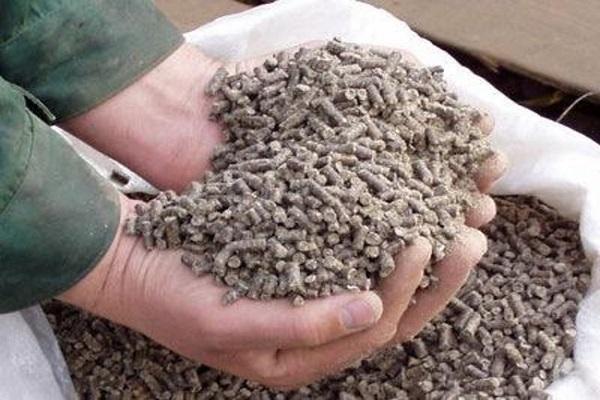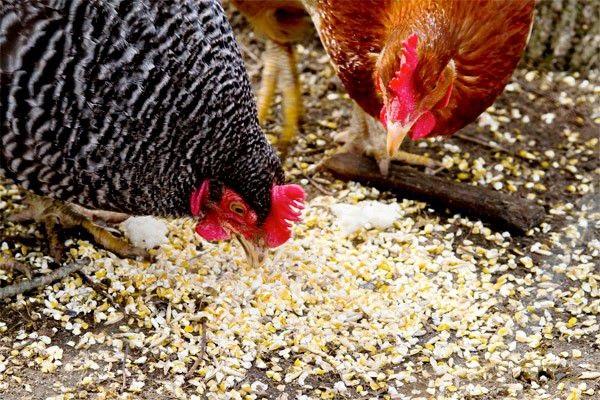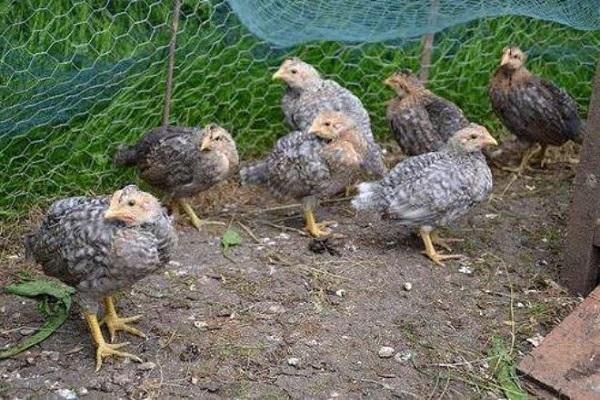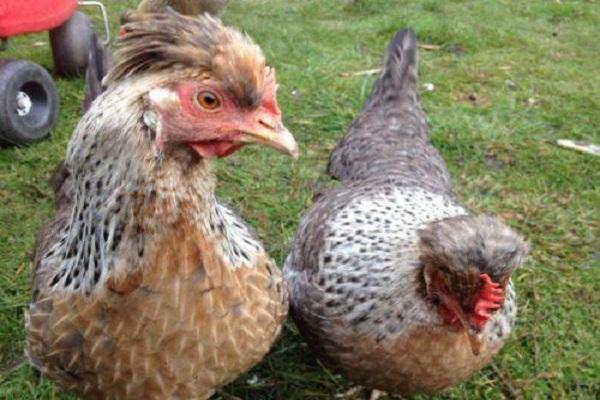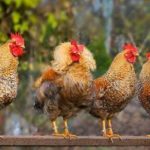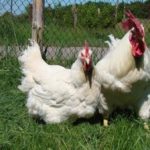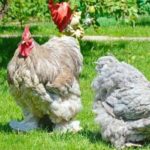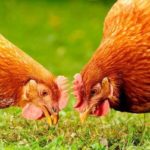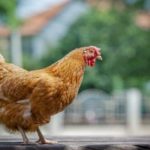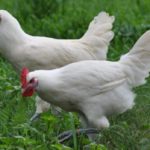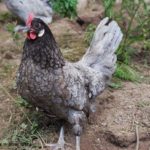To successfully breed poultry, you need to choose the right pair and species. The Legbar chicken breed is a successful hybrid species that farmers quite often breed for industrial purposes. In order for these feathered birds with an interesting appearance to please with high productivity, you need to know the peculiarities of keeping and breeding.
- The history of Legbar chickens
- Description and defining characteristics of the breed
- Appearance
- Character
- Productivity
- Pros and cons of the breed
- Tips for maintenance and care
- Chicken coop, walking area, feeders and drinking bowls
- Temperature, lighting, humidity
- Winter care, molting
- What do chickens eat?
- Chicks
- Adults
- Features of reproduction
- Common diseases and possible problems
The history of Legbar chickens
In the middle of the last century, two breeding scientists from the Cambridge Genetic Institute tried to develop a breed of industrial-type chickens that would have autosex properties (it would be possible to determine the sex of a day-old chicken). The first results were satisfactory, but far from ideal.
As a result of further crossings, a hybrid of the Leghorn rooster and Plymouth chicken breed was developed. And so, after a couple of generations, they managed to breed a new breed, which is highly productive.
Description and defining characteristics of the breed
Legbar chickens are of the meat-egg type. The weight of an adult rooster reaches 3.5 kilograms, and a chicken – up to 3 kilograms. Breeders value this breed for its excellent characteristics and high egg production rates.
Appearance
The Legbar breed is a crested chicken of cream and chestnut color, the roosters are light in color with cream and gray tones. The birds are characterized by a feathery coloration, a medium-sized crest, and a wedge-shaped body. The shins are bright yellow, white small earrings and a red leaf-shaped comb with 6 teeth in males, and 8 in females. Chickens with thick, lush plumage and well-developed wings.
Character
Legbar chickens are quite active birds, especially if they are released into open areas. Their character is calm, peaceful and non-conflict. The main feature is that chickens of this breed get along well with other breeds of birds. However, roosters are characterized by aggressive behavior, and they also protect hens from possible threats. To calm the roosters, it is recommended to install green lamps.
Productivity
Productivity indicators are one of the advantages of the Legbar breed. One hen can produce up to 250-270 eggs per year; they begin laying eggs at 4 months of age. Chicken meat weighs up to three kilograms, and the weight of one egg reaches 70 grams. But, despite their high productivity, birds lack maternal instinct, which is why they cannot hatch eggs on their own. It is possible that the purchase of special incubators will be required.
Pros and cons of the breed
A breeder who plans to purchase this breed of chickens should familiarize themselves with all the nuances of their maintenance. Legbar is characterized by a fairly large number of positive aspects:
- The unusual color of the eggs is a delicate blue tint, sometimes greenish.
- High level of egg production.
- Birds have a calm character.
- High immune protection and good health of chickens.
- Birds belong to the category of autosex - you can easily distinguish a rooster from a chicken, even if the chicken is only a day old.
However, it is extremely important to note some disadvantages of this breed: increased sensitivity to temperature conditions (at low values, egg laying is absent or reduced), and chickens also lack maternal instinct. Every two years, chickens need to be replaced, as productivity drops sharply.
Tips for maintenance and care
Keeping Legbar birds is not difficult, but the productivity is necessarily affected by the conditions of keeping and nutrition. If you follow the basic rules, chickens will provide large eggs of an unusual color.
Chicken coop, walking area, feeders and drinking bowls
Birds are not demanding of the chicken coop itself: the presence of feeders and acceptable temperature conditions are more important to them. Since the Legbar breed is extremely active chickens, they will need maximum space.The poultry house must be equipped with perches, nests for laying hens and drinking bowls with fresh water.
Chickens consume twice as much water as feed. Therefore, it is important to monitor the condition of the drinkers and prevent droppings and debris from getting into them. For walking, it is recommended to prepare a specially equipped enclosure. High-quality fencing will protect the livestock from various threats and give them free space.
Temperature, lighting, humidity
Since the Legbar breed is a heat-loving bird, it is important to monitor the temperature in the chicken coop - the mark should always be above zero. It is also necessary to eliminate drafts, but an influx of fresh air is necessary. The issue of illumination is acute in winter, when it will be necessary to artificially extend the day.
As a rule, additional lighting is provided in the chicken coop - in order for the chickens to lay eggs, the daylight hours must last at least 12 hours. Excessive humidity should not be allowed - the flooring should be changed regularly.
Winter care, molting
To receive eggs in the cold season, you will need serious insulation of the poultry house, as well as the installation of an additional heater. It is extremely important that the room temperature remains above zero. The previous volume of egg production is possible with positive indicators of 15-17 degrees. The floor should be covered with sawdust, hay or peat.
In winter, chickens often develop vitamin deficiency, so it is recommended to add calcium supplements to their food. Shedding will be necessary to improve egg production, but can sometimes be delayed. In this case, artificial stimulation of this process will be required.
What do chickens eat?
Legbar chickens need food of animal origin, which they can get on their own (for example, worms).But also, in addition to this, they will need a balanced diet. The most preferable option is compound feed. Birds of this breed do not bring big problems to breeders, but it is extremely important to follow the basic rules when feeding young and adult birds.
Chicks
The chicks' food must contain calcium, which ensures good bone growth. To do this, you can place a bowl of limestone near the main feeder. The water in the drinking bowl must be changed at least twice a day. Day-old chicks are fed cottage cheese and finely chopped herbs, but young chickens are also allowed to be given curdled milk and boiled porridge in water or broth. And only from one month onwards the chicks are allowed to be given whole grains.
Adults
It is recommended to give laying hens premixes that increase egg production. However, you should not add them often - chickens may develop vitamin deficiency. In order for adult animals to be able to obtain a full supply of all the necessary microelements and vitamins, they will need food with the following components: whole or sprouted grains, product, fish or bone meal, vegetables and complex additives. They can also be fed with fresh grass and vegetables.
There is an opinion that adult chickens require special food to give the shell an unusual bluish tint. However, this is a false statement - the color of eggs is genetic and does not change due to additives.
Features of reproduction
As noted earlier, Legbar chickens have lost their maternal instinct and are not able to hatch eggs. If a breeder needs to breed this breed, he has two options: use an incubator or place the eggs under other birds that can hatch them.If eggs were initially taken from hens with quality indicators, then the survival rate of the young can reach 100%. But, as a rule, this figure is within 90%.
The young grow extremely quickly - by one month the weight is about 500 grams. But for this you need to follow the main rules of breeding and maintenance. As soon as the chicks hatch, there is no need to rush and take them out of the incubator. You should leave them there for a couple of hours. At this time, you can prepare brooders or boxes with flooring for them. After eight hours, they can be fed cottage cheese.
The litter should be changed at least once a day. It is also extremely important to provide the young animals with round-the-clock lighting, especially in the first two days.
Common diseases and possible problems
Despite their high immune defense and disease resistance, Legbar chickens are sometimes exposed to various lesions. In particular, young animals are susceptible to various infectious diseases. It is also worth noting that Legbar birds have a genetic predisposition to congenital deformation of the toes. A common cause of this defect is an incorrect diet. If laying hens do not have enough vitamins and minerals in their diet, the chicks are more likely to develop leg deformities.
For diarrhea in chickens, use a weak solution of potassium permanganate, which is used to feed the chicks - this helps restore stomach function. However, this method is only suitable for those cases in which medications are not needed.
In addition, chickens are exposed to the following diseases: salmonellosis, pasteurellosis and Newcastle disease. Non-infectious disorders are also not excluded: atony, cloacitis, gastroenteritis.To avoid such problems, it is necessary to follow preventive measures: keep the chicken coop clean, carry out regular disinfection, give the birds vitamin complexes, and monitor the condition of the water.

